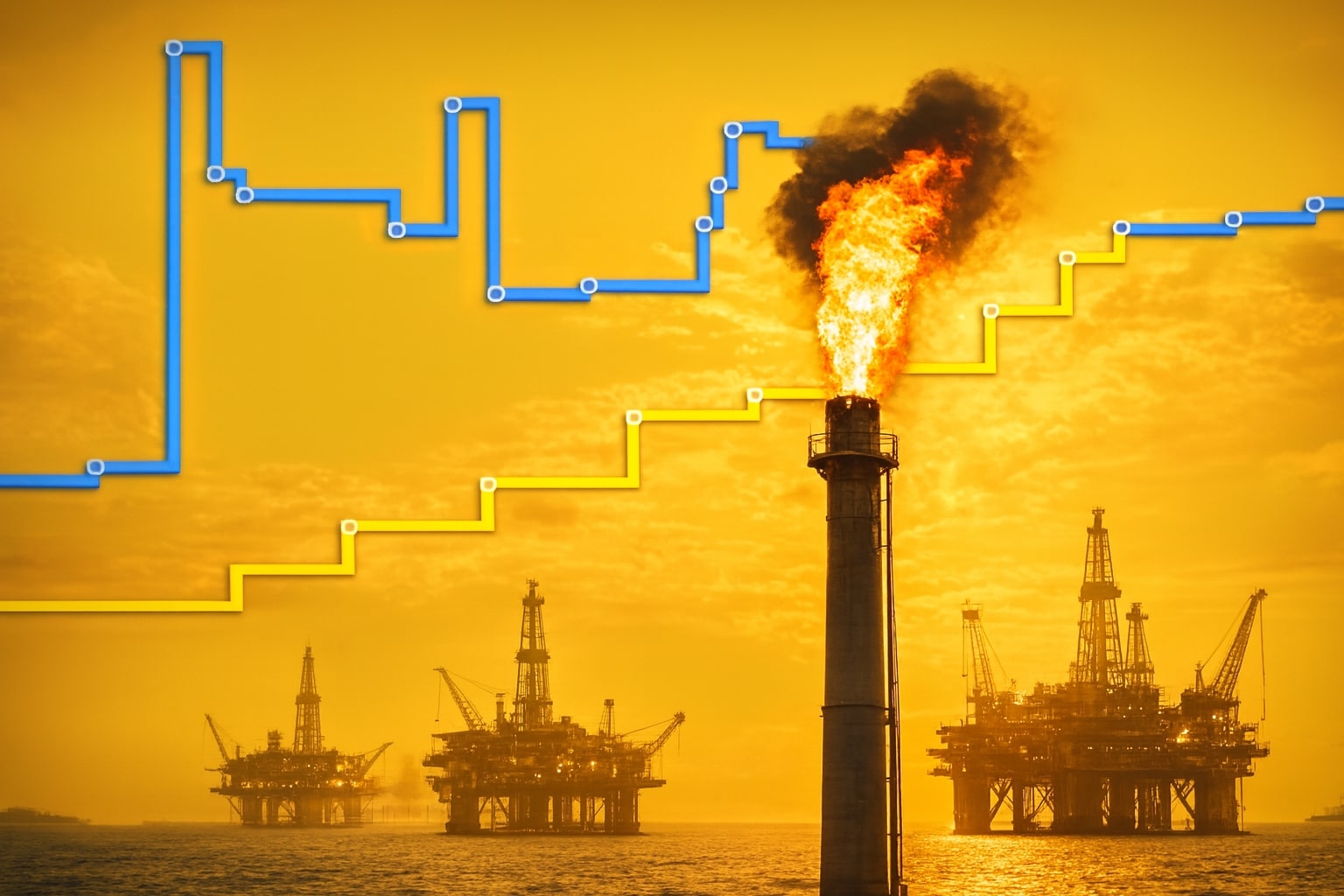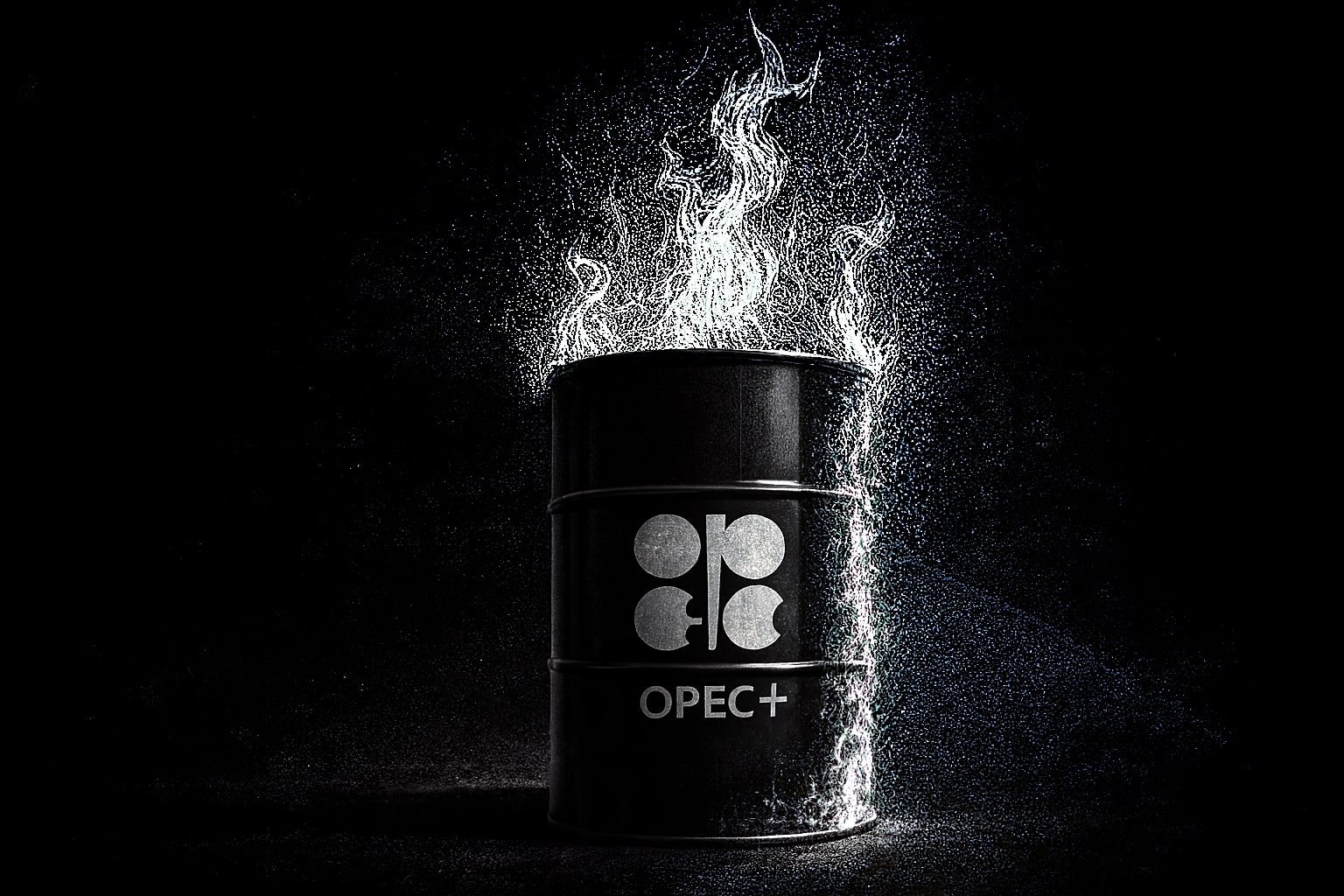Natural Gas Price Update: Short-Term Bearish Pressures and Longer-Term Outlook
Natural gas (NG=F) prices are experiencing a notable shift, with recent fluctuations showing a mix of bearish signals and potential opportunities for a rebound in the future. Last week, the Natural Gas price on the TTF exchange increased by 1.4%, reaching €35.1 per megawatt-hour (MWh). This was largely attributed to unexpectedly cold weather in Europe, driving increased demand for heating, which is impacting prices across key regions. Meanwhile, Natural Gas prices on the GET Baltic exchange, which serves Lithuania, Latvia, Estonia, and Finland, saw a 2% increase, hitting €41 per MWh. This spike reflects regional pressures, especially as storage levels in Europe continue to fluctuate.
As of May 18, the Inčukalns underground storage facility was at 36.4% full, while European gas storage facilities averaged a 44.2% fill level. Despite these numbers, there's a growing concern over demand-side weakness as we enter the summer months. The forecast of persistent cold weather, particularly in Northern Europe, has kept demand for natural gas higher than expected. The geopolitical tensions also play a role, adding upward pressure on Natural Gas prices. However, these conditions may be temporary, as summer typically brings lower heating demands, which could exacerbate the price decline in the coming months.
Natural Gas Market Dynamics and Technical Setup
Turning to the technical analysis of Natural Gas prices, the market is showing clear signs of downside momentum. As of today, Natural Gas futures have dropped below the 200-day exponential moving average (EMA), signaling a shift in trend. This is a critical level, as traders and analysts alike often use the 200-day EMA as a key support and resistance level. A failure to maintain support at the 200-day EMA suggests that further price declines are likely, with Natural Gas potentially heading towards the $3.00 mark, a level where traders expect stronger support to emerge.
The Natural Gas price has formed a descending channel since May 13, which indicates an ongoing bearish trend. Resistance has been consistently met at key levels, and the price has failed to regain traction above $3.341. If the price breaks below the recent demand zone of $3.341, further downside could follow, with targets at $3.163 or even $3.076. The Natural Gas price is currently trapped within this pattern, and unless we see a breakout above the $3.341 resistance, the bearish outlook remains intact.
Supply and Demand Imbalances Impacting Natural Gas Price
In the short term, the supply and demand dynamics remain imbalanced, contributing to the ongoing bearish sentiment surrounding Natural Gas prices. The Energy Information Administration (EIA) recently reported a 110 billion cubic feet (Bcf) storage injection, which was slightly above expectations. However, with U.S. production at 105.5 Bcf/d and demand at only 67.3 Bcf/d, the surplus supply is becoming increasingly evident. This imbalance is reflected in the consistent downward movement in natural gas futures, as the market struggles with excessive inventory growth coupled with weak demand.
While Natural Gas production remains strong, the lack of significant demand due to mild weather conditions across key regions has kept the market under pressure. The recent EIA report and the Energy Information Administration’s outlook suggest that supply will continue to outpace demand, which is why the short-term outlook remains bearish. With rising storage levels and weak demand from the power generation sector, the downward trend in Natural Gas prices seems likely to continue in the immediate future.
Geopolitical Risks and Their Impact on Natural Gas Prices
Geopolitical risks, particularly in regions like Europe, continue to shape the outlook for Natural Gas prices. The ongoing tensions, particularly the cold weather patterns, have added an unexpected layer of demand. This situation has caused price spikes in certain regions, including the TTF exchange and the GET Baltic market. However, the geopolitical risk premium is unlikely to last indefinitely. The broader market sentiment remains cautious as investors look ahead to a potential decrease in demand in the coming months.
Adding to this, the latest report by UBS highlights a forecasted rise in U.S. Natural Gas exports over the next 18 months, driven by new liquefied natural gas (LNG) export facilities, including Plaquemines LNG Phase 2 and Golden Pass LNG. This could help push prices higher in the longer term, although short-term bearish pressures remain due to the seasonal nature of Natural Gas demand.
Forecast and Strategy: Bearish in the Short Term, Bullish Potential Long Term
Despite short-term challenges, there is still room for Natural Gas prices to recover over the next 12 to 18 months. UBS analysts project a rise in U.S. Natural Gas exports, which will tighten the global market and push prices higher. However, the short-term outlook remains bearish due to the seasonal slowdown in demand and rising storage levels. For now, traders should expect Natural Gas prices to stay within the $3.00-$3.50 range, with significant resistance at the $3.341 level.
In the long term, Natural Gas prices could see a significant rebound, especially if LNG exports increase and global demand tightens. For those looking to take advantage of future price increases, keeping an eye on Natural Gas futures and watching for signs of market tightening in 2025 will be key. Traders should consider a buy position only if prices break above key resistance levels, signaling a stronger recovery. For now, Natural Gas remains in a bearish pattern, but opportunities may arise in the future as global demand shifts and geopolitical tensions evolve.
In conclusion, Natural Gas prices are facing short-term headwinds due to supply-demand imbalances, seasonal weather changes, and geopolitical factors. However, the longer-term outlook remains positive, driven by increasing export volumes and tight supply conditions. Traders should remain cautious in the short term but could benefit from future rallies if global supply constraints take hold.




















